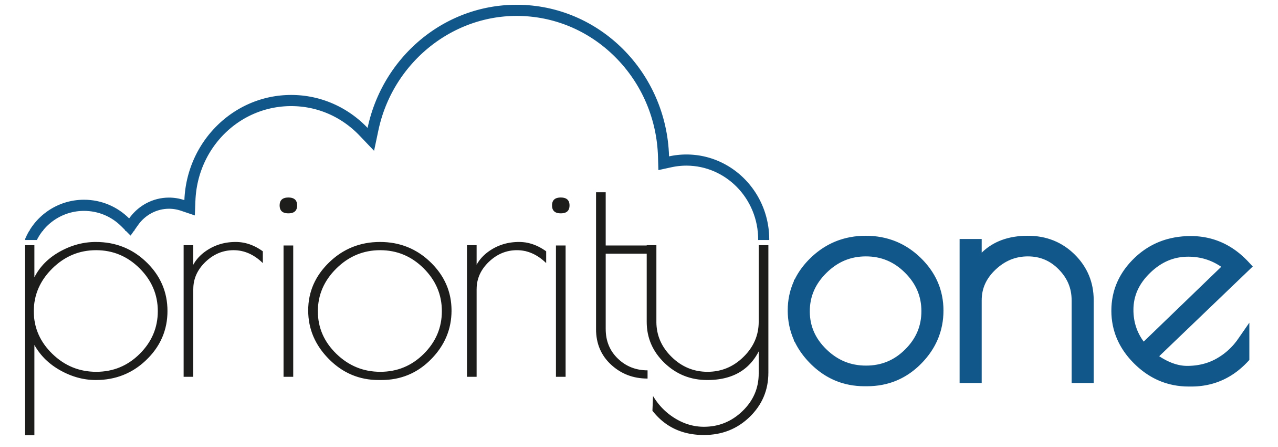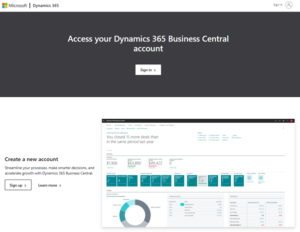Digital Transformation is more than using cloud accounting software or bolting an eCommerce platform onto your website. Having more Teams (or Zoom) meetings does not suddenly equip your business to run virtually or remotely. These are all elements of a digital strategy and served many businesses in the crises that erupted in 2020, but they are not enough to build a sustainable and agile digital system.
Digital Transformation has traditionally not been widely adopted amongst small to medium-sized companies (SMEs) and there are numerous reasons for this, including:
- Some may struggle to clearly articulate what their obstacles or needs are
- Some do not understand their value proposition (how they add value; what makes their business unique) and therefore struggle to conceptualise an appropriate strategy that supports business growth
- Organisations may not have the knowledge or resources to implement the changes required. Some may even have been burned by outsource engagements with technology experts that have not delivered the expected results
- There is often a perception that digital transformation projects are expensive, and many SMEs struggle to justify the perceived investment
Now, more than ever, it is the agile businesses, the ones that can change or reinvent themselves that will better navigate the many obstacles we will face in the “new world”.
To do this, small, medium, and even micro businesses should take advantage of cost-effective, advanced technologies and build robust business processes around cloud-based platforms that help their businesses scale, save time and money, and enable their staff and teams to adopt these processes and technologies in a meaningful and sustainable way.
Digital transformation means adopting changes that support:
- the use of mobile and remote devices, web applications and cloud services, and changed business processes
- investing in the skills required to implement and operate these changes
- a culture change in the leadership and staff/teams that enable remote work, adoption of new processes/technologies, a culture of learning, and a growth mindset
To start seeing the benefit of a digital transform programme, you must articulate who you serve, the products or services you supply, the current state-of-affairs within your organisation and your growth aspirations. Often it takes someone outside your organisation who has an unbiased and objective perspective to clarify your value proposition to clarify:
- who your customers are or what niche/s your organisation might best serve;
- what products or services are getting traction in the context of your ideal customer/niche, and what process/technology changes might optimise the customer experience as you take these to market.
If you do not have a clear understanding of who you are as an organisation and where you are headed, you are not going to be able to design a digital transformation strategy that will get you there.
“Give me six hours to chop down a tree and I will spend the first four sharpening the axe.” Abraham Lincoln
This “sharpening” is the understanding of where your organisation is headed and developing a digital transformation roadmap that supports this, both in terms of your organisational capabilities, and your budget. Any new technology enhancement will require changed processes. Some changes might significantly reduce or simply business processes, while others may introduce new or more complex processes. Putting in place a programme to manage the organisational change, and aligning it with your organisational strategies, is imperative to ensuring the true benefits are realised, and change is well-adopted by team members and employees.
Within the context of the above, identify the gaps in your current systems (processes, technologies, and skills) that are currently impeding your growth, and design strategies to bridge these gaps.
“I can’t change the direction of the wind, but I can adjust my sails to always reach my destination” Jimmy Dean
Some examples of technologies and the associated process changes could include:
- IoT (internet of things). Cost-effective sensors that can monitor the volume of equipment usage, or changes in equipment and better manage the maintenance of your plant, extending the life of your assets and reducing the costs associated with down-time. Aside from the cost of repairing worn or broken equipment, there is the lost output, which could significantly impact supply agreements and revenue. Alternatively, you may have a large warehouse and wish to accurately track where products are stored, and their movement around the warehouse. These sensors are getting cheaper almost by the day, and with a good, cloud-based technology platform with an open API (interface capability), and powerful data analysis capabilities you could be up-and-running quickly and at a relatively low cost.
- Traceability. If you are in the food or chemicals industries, you will know how important traceability is. This could be as simple as tracing batch/lot numbers against each transaction in the supply chain so if a supplier component is recalled, you can trace all the sales transactions with products containing that component. You could even take that a step further by tracking data from IoT devices that could give you details on the origin of products (the farm an animal or plant originated from, details about its heritage or when it was harvested).
- Scanning. To ensure the data from IoT sensors or tracking identifiers, like barcodes, are quickly and correctly captured, a remote scanning device can easily be deployed to capture this. Like the IoT sensors, these devices have becoming cheap and very accessible to even the smallest organisations with the tightest budgets.
- Automation. OCR (optical character recognition) technology allow PDF documents like supplier invoices to be scanned, converted to data, and integrated into your finance system. With some basic workflows built around this, you may never again need to enter or validate a supplier invoice. Depending on your industry, this technology could also be used to verify contracts or agreements, transform sales documents, or digitize other non-digital data transferred between supply chain partners.
- API (application programming interface) and EDI (electronic data interface). Technology platforms that include the ability to interface with external applications and other platforms mean data can be automatically updated between different systems in near real-time. If you deal with a large customer like a supermarket chain, you will know how hard it is to manage the constant flow of orders, invoices, and credits. Platforms that have mature interface capabilities mean all this data transfer can be automated, with workflows that produce notifications, approval requests, and manage the flow of data in and out of your system according to predefined rules.
With a well-designed technology platform in place, you can begin developing an organisation-wide system that aligns with your organisational vision, goals, and strategies. With the key elements of the system (technology, people, and processes) incorporated into a comprehensive digital strategy, built around a proven technology platform and in collaboration with trusted partners, you can take your business further.
Priority One Solutions – taking you further.
We enable transformation in small and mid-sized companies through the innovative use of modern cloud technologies to design and implement digital transformation strategies that fit each client’s unique budget, organisational challenges, growth aspirations, organisational culture, and industry-specific requirements.
Priority One is a small consultancy of focused experts who question assumptions, find insight by going deep, and strive to be a catalyst for transformation by bringing together the right processes, technologies, and capabilities so their clients can execute on their strategic plans successfully and realise their full potential.


